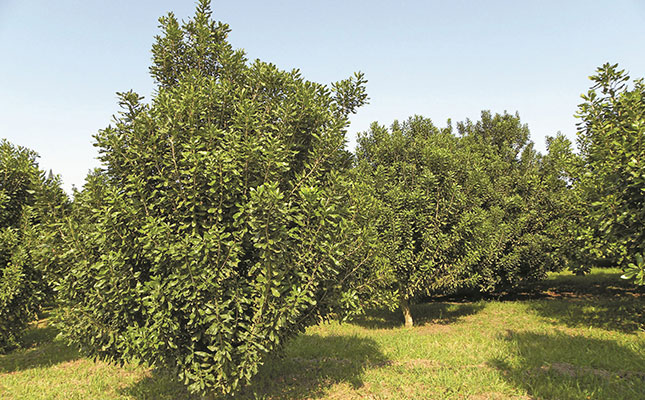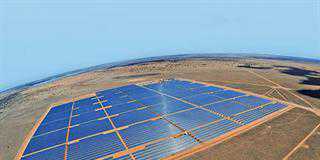
Photo: FW Archive
This was according to Juan Winter, managing director of Source BI, who was speaking at the AmberMacs Expo recently held in White River, Mpumalanga.
“In 2019, farmers received on average R74/kg of dry-nut-in-shell (DNIS) for their produce, R83/kg in 2020 when the exchange rate was on their side, but then only R63/kg in 2021. We are still waiting for final figures but expect the 2022 price to be R50/kg.”
The lower prices were a direct result of higher volumes on the market, with the South African crop jumping from around 53 000t DNIS in 2020 to 72 000t DNIS last year. The 2023 crop was expected to be significantly higher.
Demand had also stagnated off the back off subdued spending power in countries where macadamia nuts were traditionally consumed (the EU and China) as a result of the war in Ukraine and COVID-19 lockdowns, respectively.
Marlene Louw, senior economist at Absa AgriBusiness, said that subdued global economic growth would put a damper on markets, with a heightened awareness of inflation among consumers leading to the slow uptake of a range of products. “Expect persistent headwinds in the kernel markets in the EU and US. Headwinds out of China are likely to ease, but only from mid-2024.”
Winter noted that the biggest challenge for most macadamia farmers was surviving the next four years.
“Yield is the biggest determinant of profit. Farmers achieving less than 2,3t/ha on average will not make it. The problem is that around 41% of the industry’s trees are not yet mature, which means they are not reaching yield levels that will keep the farmers in business.
“Once these trees start maturing, we will see a massive rise in volumes, which could affect prices. [But] even if the price drops to R40/kg, farmers will still be in the game. [However], they must achieve the right yield, which necessitates good management practices. The reality is that farmers with young trees will have a serious cash flow problem in the next few years. If they can stick it out, they should have a bright future.”











